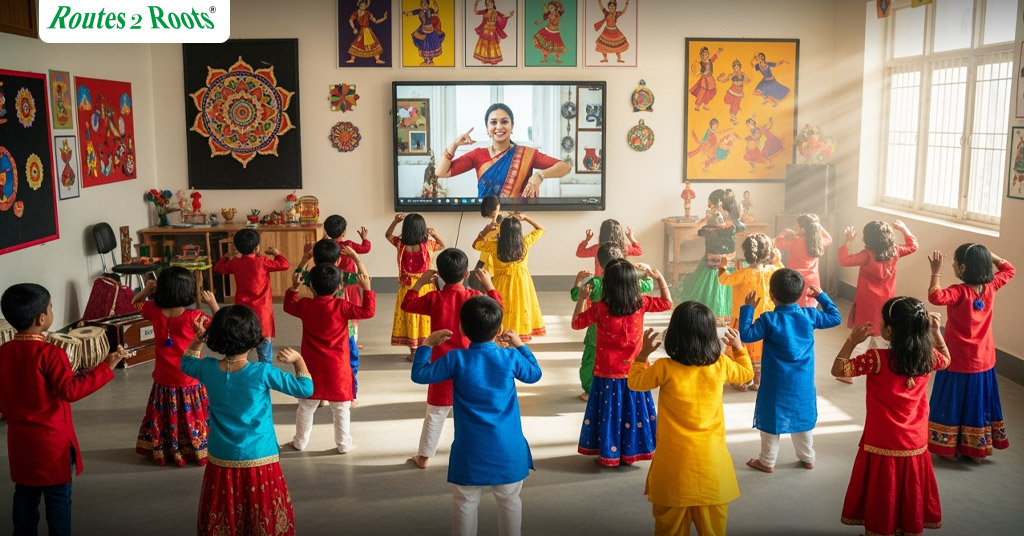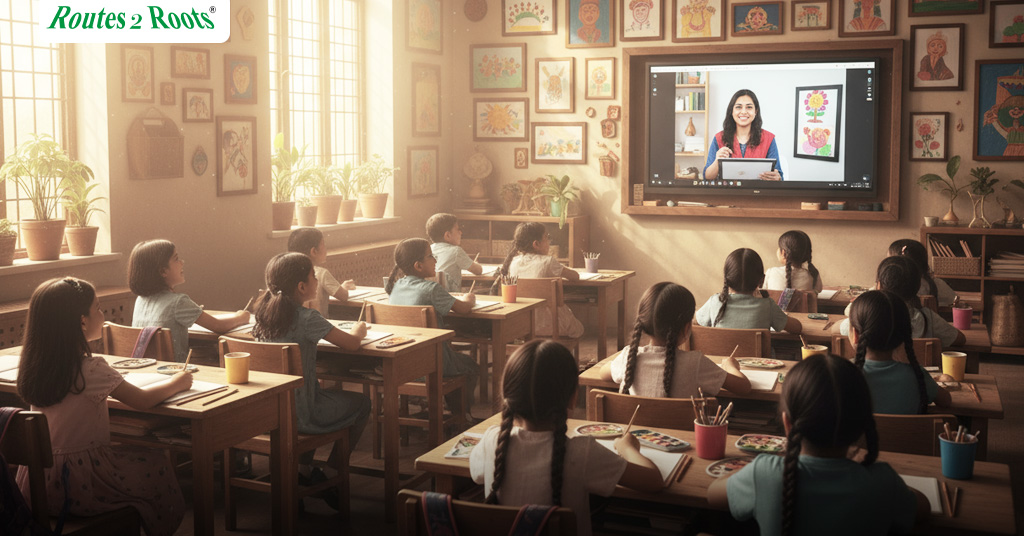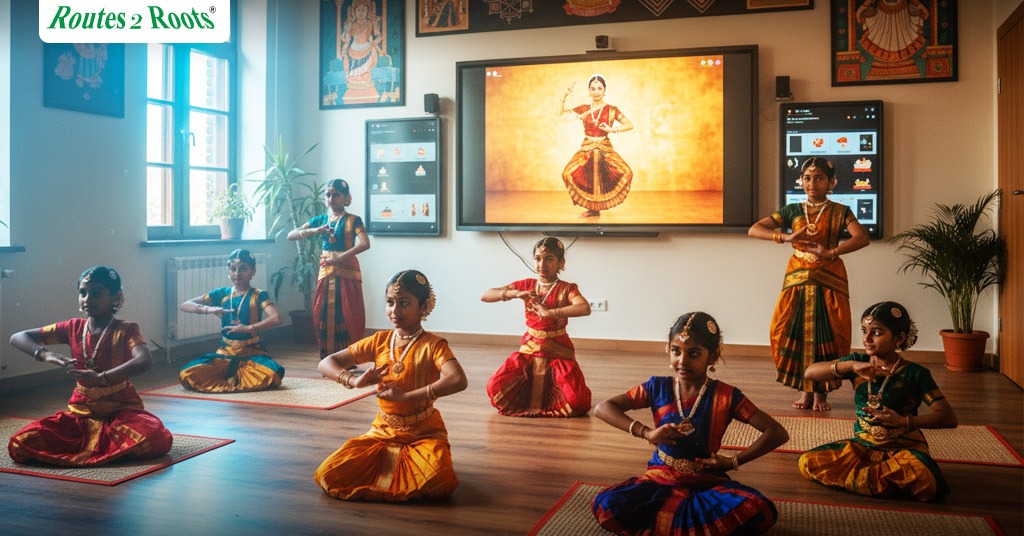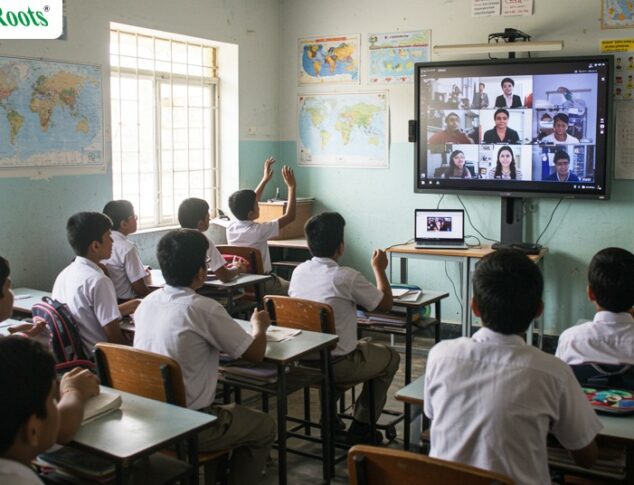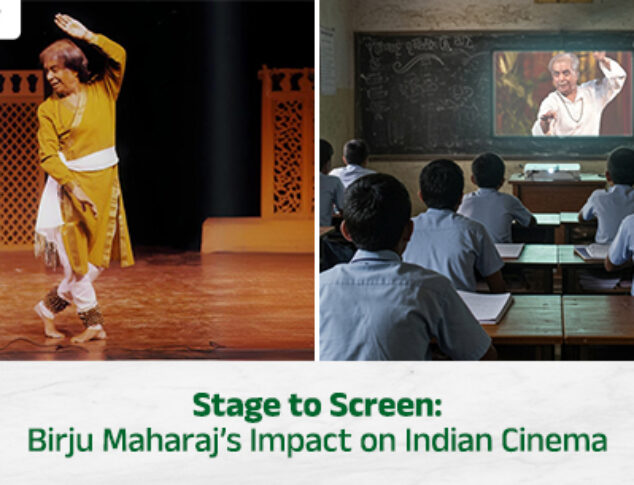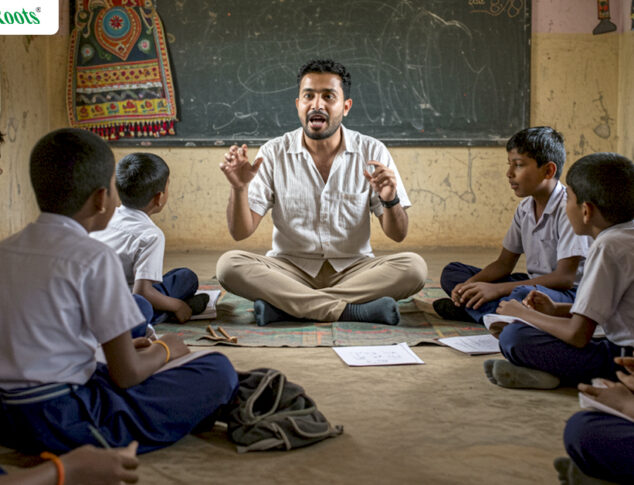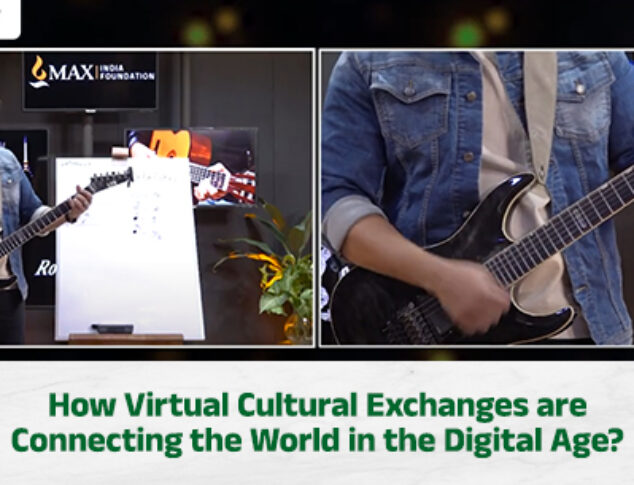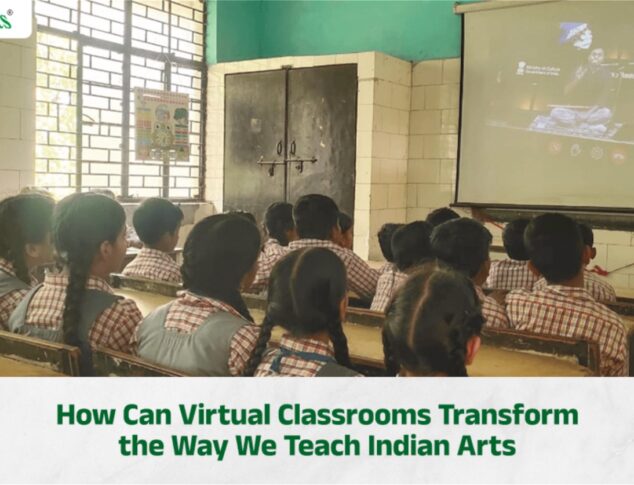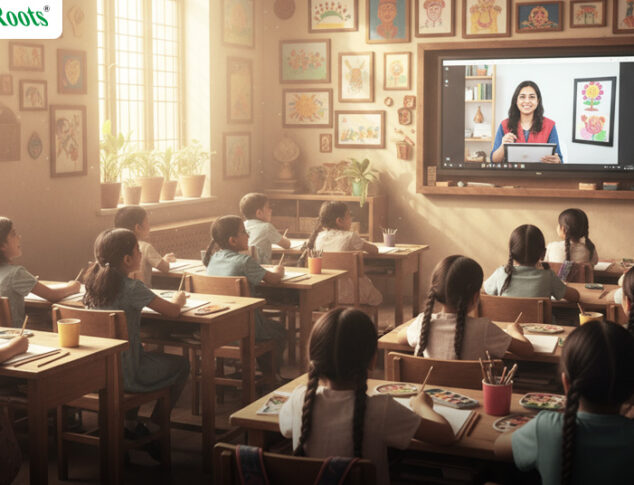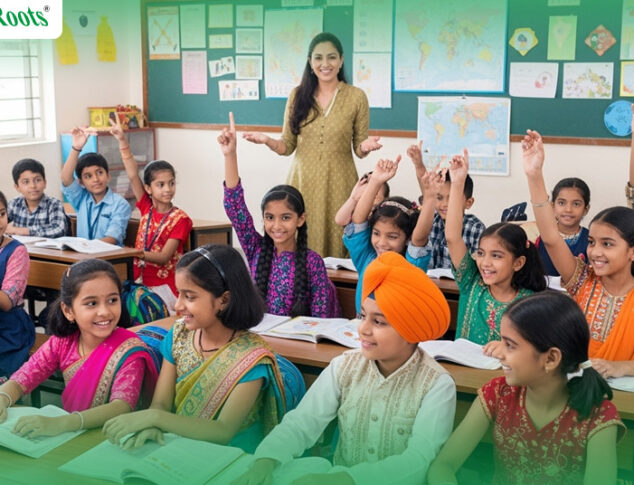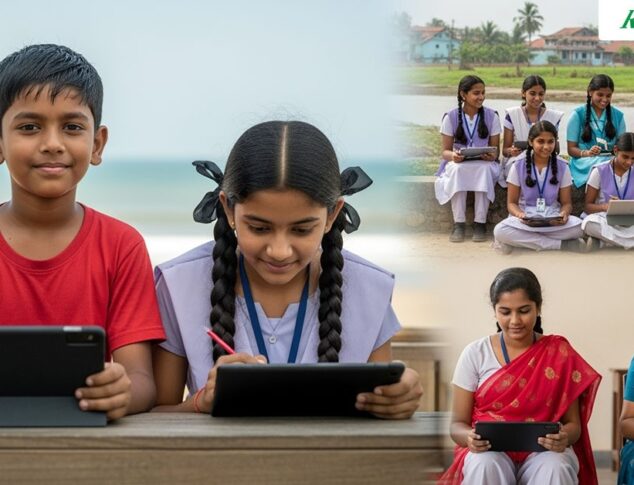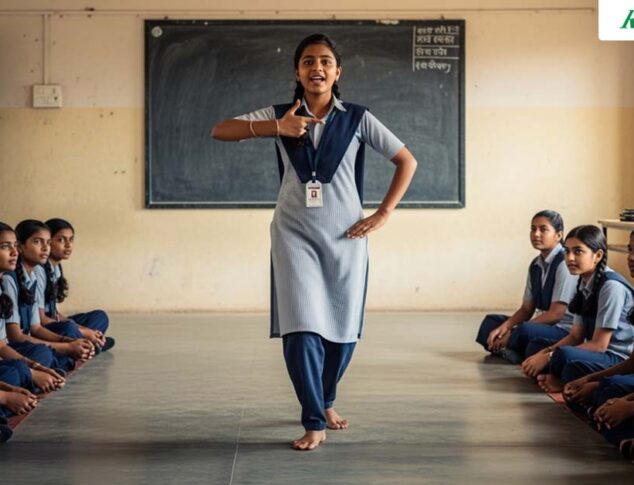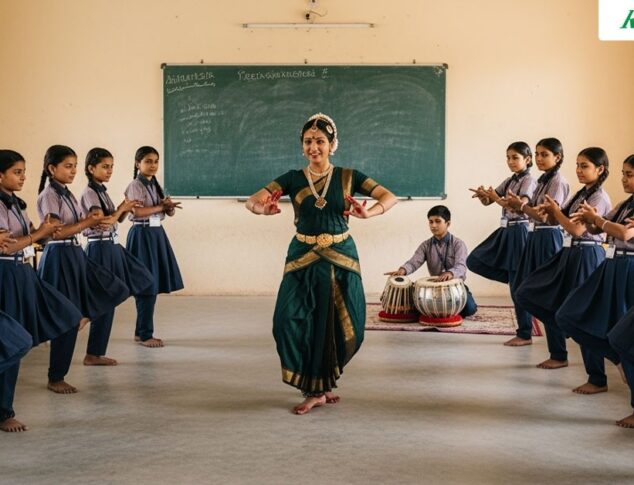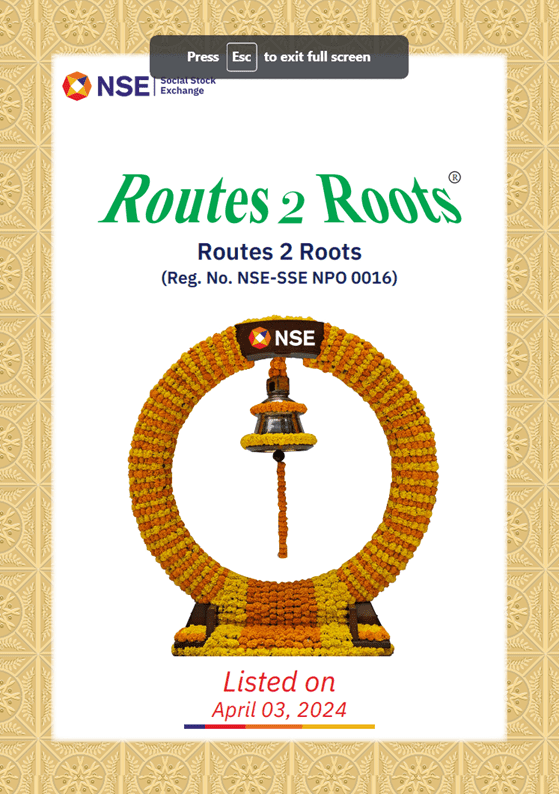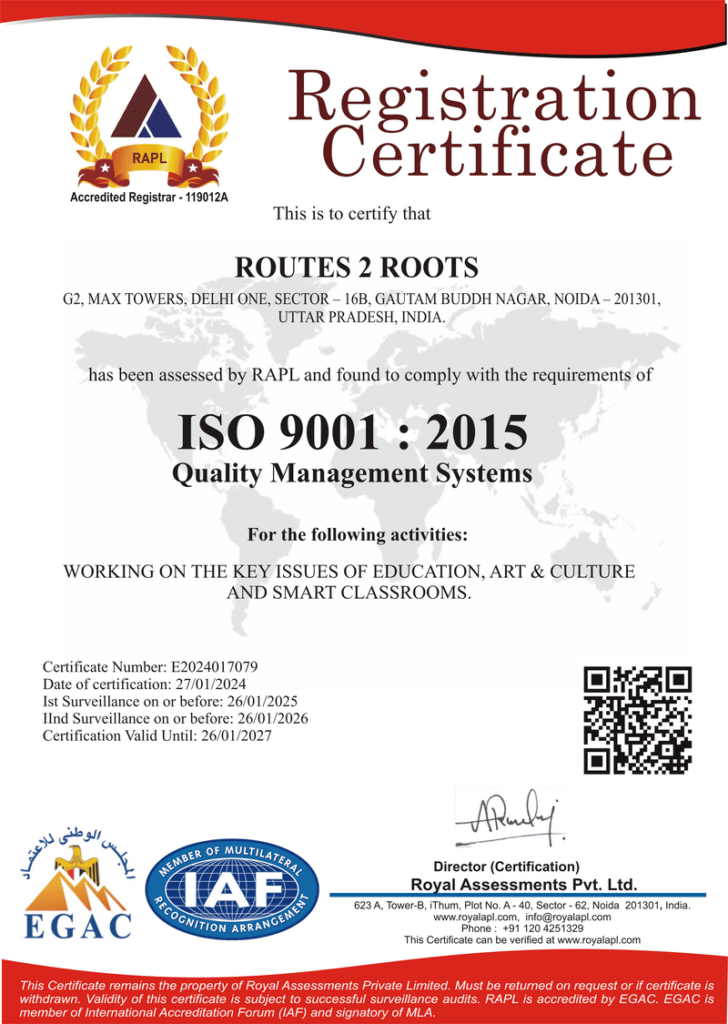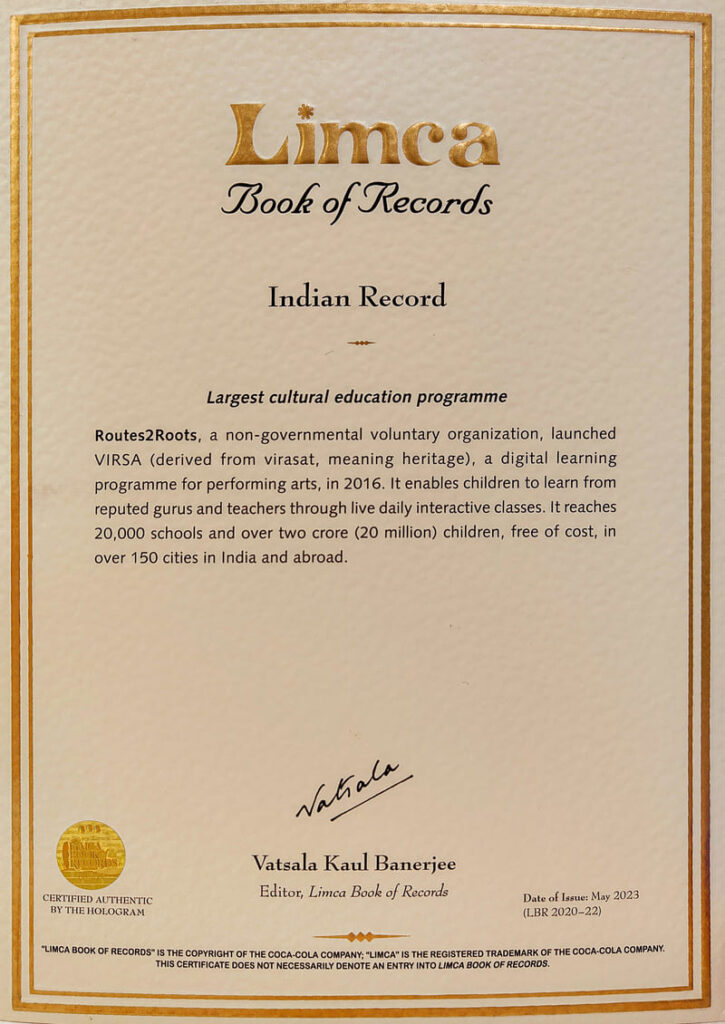In every corner of India, from the bustling metros to the quiet villages, stories have always been the heartbeat of culture. Folk tales, songs, dance, and art are not just traditions, they’re tools of connection. Today, as children grow up surrounded by screens instead of storytellers, many of these traditions risk fading into memory. But thanks to the vision and innovation of cultural NGOs in India, organizations like Routes 2 Roots are finding new ways to keep this cultural heartbeat alive — and in the process, helping young learners gain skills that go far beyond art.
A Modern Twist to an Ancient Legacy
Cultural education hasn’t only been about the skills of singing, dancing, or painting but rather about understanding ourselves, our origin, and our core values as the collective identity. Non-Governmental Organizations (NGOs) such as Routes 2 Roots, a major Indian cultural education NGO, are changing the mode of this very experience by using the merging of art and technology. They are making teachers, artists, and students digitally connected through their online art education programs irrespective of their location, albeit far off.
Imagine a situation where a Ladakh classroom’s remote students are unrolling the art of Kathak with a Delhi guru while a few kids in a little school located in Rajasthan are receiving their classical music education via digital lessons directly beamed to their school. Previously, what was accessible only to a few depending on the location is now available to all thanks to the advancements in technology and altruistic vision.
From Art to Awareness: Why Cultural Education Matters
When children create art, they not only learn drawing or dancing but also new ways of thinking. Creativity nurtures problem-solving skills, empathy, and communication. Kids also learn the value of teamwork, patience, and confidence. In a number of schools where Routes 2 Roots and similar NGOs have implemented cultural education programs, teachers have observed an increased students’ participation.
Students, who used to be shy, are now able to speak in class and perform on stage confidently. Moreover, those who were good only in traditional academic subjects may now find a new source of energy through rhythm, color, and expression. Cultural education is the key that unlocks emotional intelligence, curiosity, and confidence in young children, the very skills that will make them employable in the future.
Bridging Gaps: Reaching the Unreached
India’s vast geography has often meant unequal access to education and opportunity. Rural and remote areas rarely have access to quality art education or cultural exposure. That’s where NGOs like Routes 2 Roots step in ensuring that a child’s postal code doesn’t determine their access to learning.
Through innovative digital classrooms, interactive workshops, and partnerships with schools, these organizations are turning education into an experience rather than a routine. Their programs go beyond teaching they empower students to feel connected to their heritage, to respect diversity, and to appreciate the richness of India’s artistic traditions.
Art as a Path to Livelihoods
Cultural education is not just about preserving traditions; it’s also about creating sustainable futures. By training students in traditional arts, music, and performance, NGOs are opening pathways for livelihood skill development. Many young artists who began their journeys through NGO programs have gone on to teach, perform, or even start their own creative ventures.
This cycle of learning and teaching ensures that India’s artistic heritage doesn’t just survive it thrives, adapting to modern platforms and audiences.
A Collective Effort: The Role of Society and Supporters
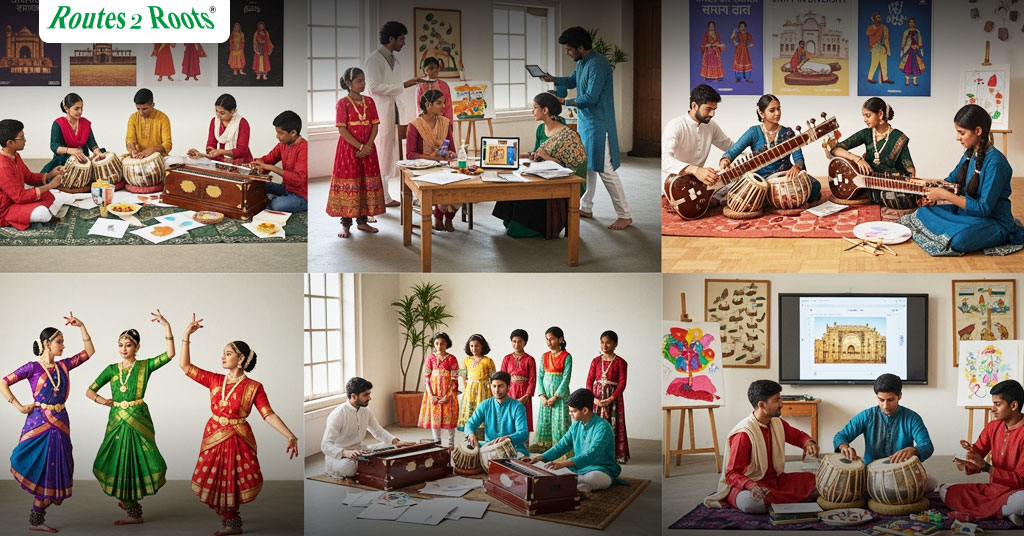
Routes 2 Roots is dependent on donors, volunteers, and organizations that are convinced of the power of art to radically change people’s lives. Every contribution, however small, goes a long way in equipping classrooms, providing digital infrastructure, and purchasing teaching materials that are breaking down cultural barriers.
Supporting such initiatives is not merely philanthropic work but an investment in India’s cultural and creative future. By enabling a child to learn a musical instrument, illustrate a story, or dance, we’re not only continuing the existence of art, but we’re also equipping them with life skills.
Keeping the Roots Alive
As India moves toward a digital future, preserving its artistic and cultural identity is more important than ever. NGOs like Routes 2 Roots remind us that technology and tradition can coexist beautifully. Through their tireless efforts, the next generation isn’t just learning art, they’re learning confidence, compassion, and creativity.
And perhaps, that’s the most powerful education of all one that connects the folk tales of yesterday to the skills of tomorrow.
Support the movement to make cultural education accessible to every child. Visit Routes 2 Roots to learn more about their digital learning art programs and discover how your contribution can help nurture India’s future storytellers, artists, and changemakers
Frequently Asked Questions
1. What is cultural education and why is it important?
2. How does Routes 2 Roots bring cultural education to remote areas?
3. Can cultural education help with future careers?
4. Who supports these cultural education initiatives?
5. How can I contribute or get involved?
Recent Posts
For centuries, India’s Digital Guru-Shishya Parampara has been at the heart of artistic learning. In this timeless tradition, knowledge flowed…
In every corner of India, from the bustling metros to the quiet villages, stories have always been the heartbeat of…
Diwali is the illumination of diyas, the smiles, and the feeling of unity are the things that can be spotted…



